One of the biggest things that the Netherlands are known for are their clogs or klompen (as referred to in Dutch). These shoes, made entirely of wood have been around since 1230 with the first one being found in the village of Nieuwendijk. Used in the past as protective footwear for farming, gardening, fishing and industry working, clogs can be customized to fit the individual’s needs. Nowadays, contrary to popular belief, only a handful of Dutch citizens still wear these iconic shoes, and they are mainly created for visiting tourists.
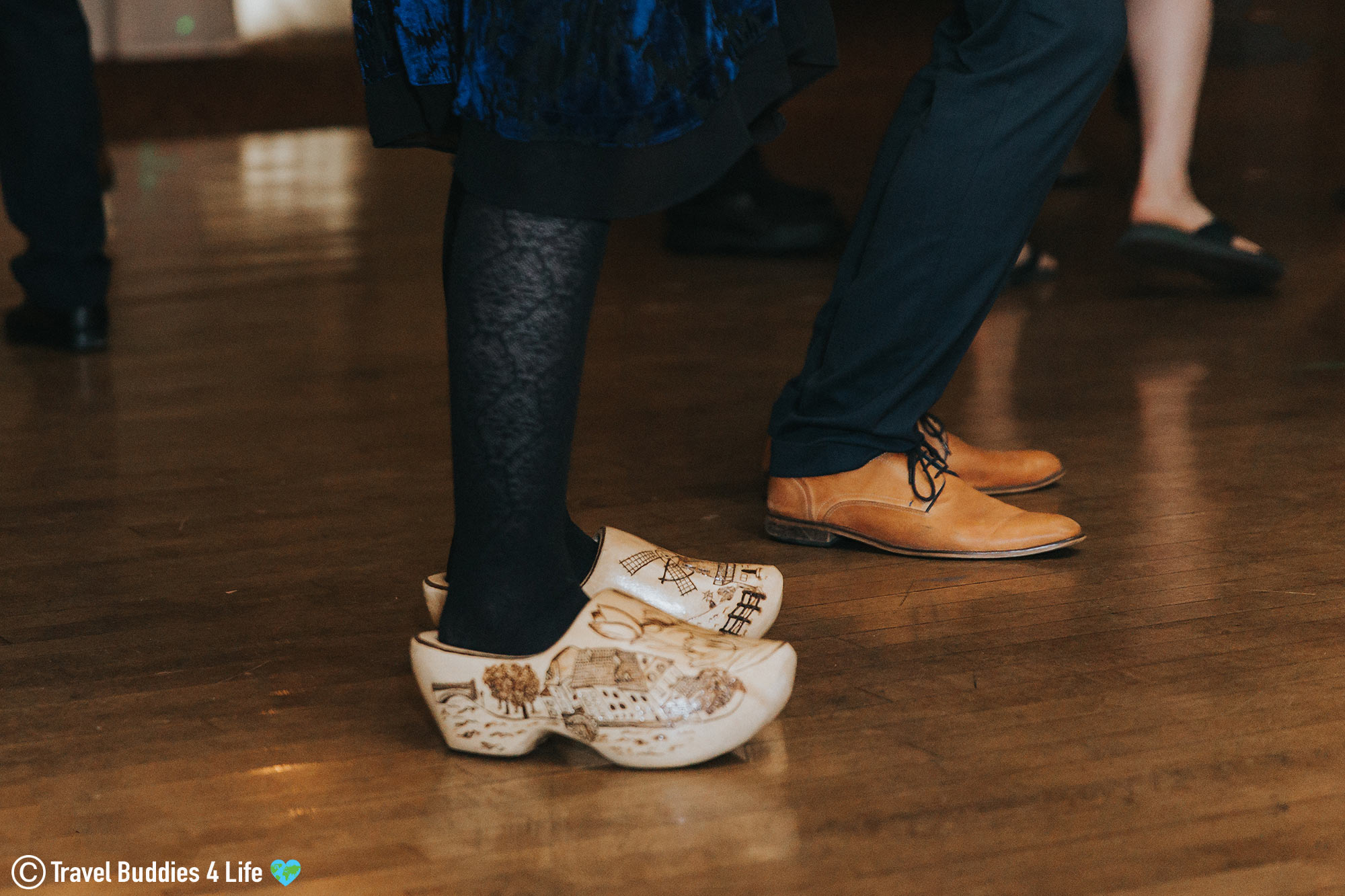
While there are many environmental reasons to wear clogs, including the sustainable and durable tree wood they are made from, there are also some important health reasons to consider. Though they may not appear to, these Dutch shoes provide ample foot support and have an orthopedic design which makes them good for your feet. They are particularly good for younger children as they help develop good body posture at an early age. The wood they are crafted from is great for absorbing foot moisture and ensuring proper ventilation, making the shoe warmer in the winter and cooler in the summer.
![]()
Dutch shoes are typically made from three different kinds of water-resistant hardwoods: European Willow, Yellow Poplar or Tulip Poplar. These woods are processed and cut into rough rectangular blocks called blanks, their size dependant on the shoe size that will be created. In the past, clogs were crafted by hand, a laborious and time-consuming endeavours taking about seven days to make. These days, traditional methods have been replaced with machines and the shoes can be made in a matter of hours.
Based on a model prototype placed on one side of the instrument, a machine simultaneously traces the outside of a clog all the while carving the blank rectangular stump using quick revolving knives. Once the outside has been shaped, a second machine with a sharp rotating drill is used, to hollow out the inside of the shoe. The only part of the clog-making process that is still done by hand is the shaping of the heel and toe. This is done by woodworkers using a special tool called paalmes. To ensure comfort and a splinter-free finish, the inside and outside of the shoe is smoothed on a grinding belt. Yielding only one shoe at a time this process is repeated to create a pair.
Once both shoes are complete, they are left to dry for 4 to 6 weeks, allowing the clog to harden as the moisture is drawn out of the wood. After the drying stage, the final product can be sold on the market as is, or for a more appealing and tourist-worthy look, they can be painted and varnished.
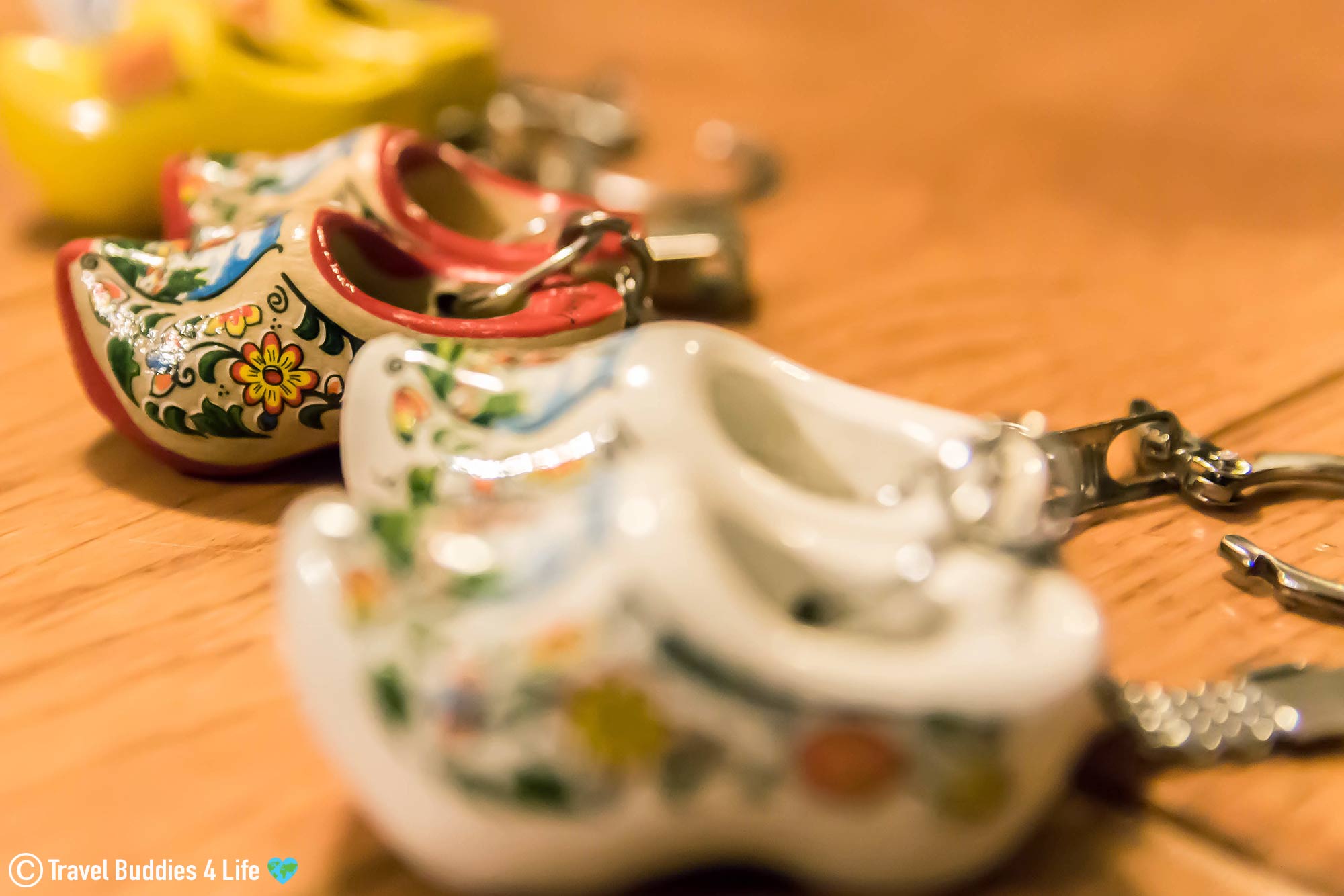
Whether you’re looking for a small souvenir trinket or actually considering getting your own pair of wooden shoes, the Netherlands has something for everyone. Clogs are known worldwide as Holland’s signature icon and can be found all over the country. Two things you should consider when deciding to buy your own; do you want them decorated and how much are you willing to pay for them. Depending on your answers, here are the places I would recommend checking out:
Clara Maria is a small Clog and Cheese Factory, located in the southwest of Amsterdam. The old farmhouse-turned factory has been around for 160 years offering tours and souvenirs for purchase to visiting guests. Clara Maria not only makes and flavours their own cheese from the numerous cows on the farm, but they also make and decorate their own clogs, having all the tools required to craft one from a simple tree stump.
Website: http://www.claramaria.nl/en
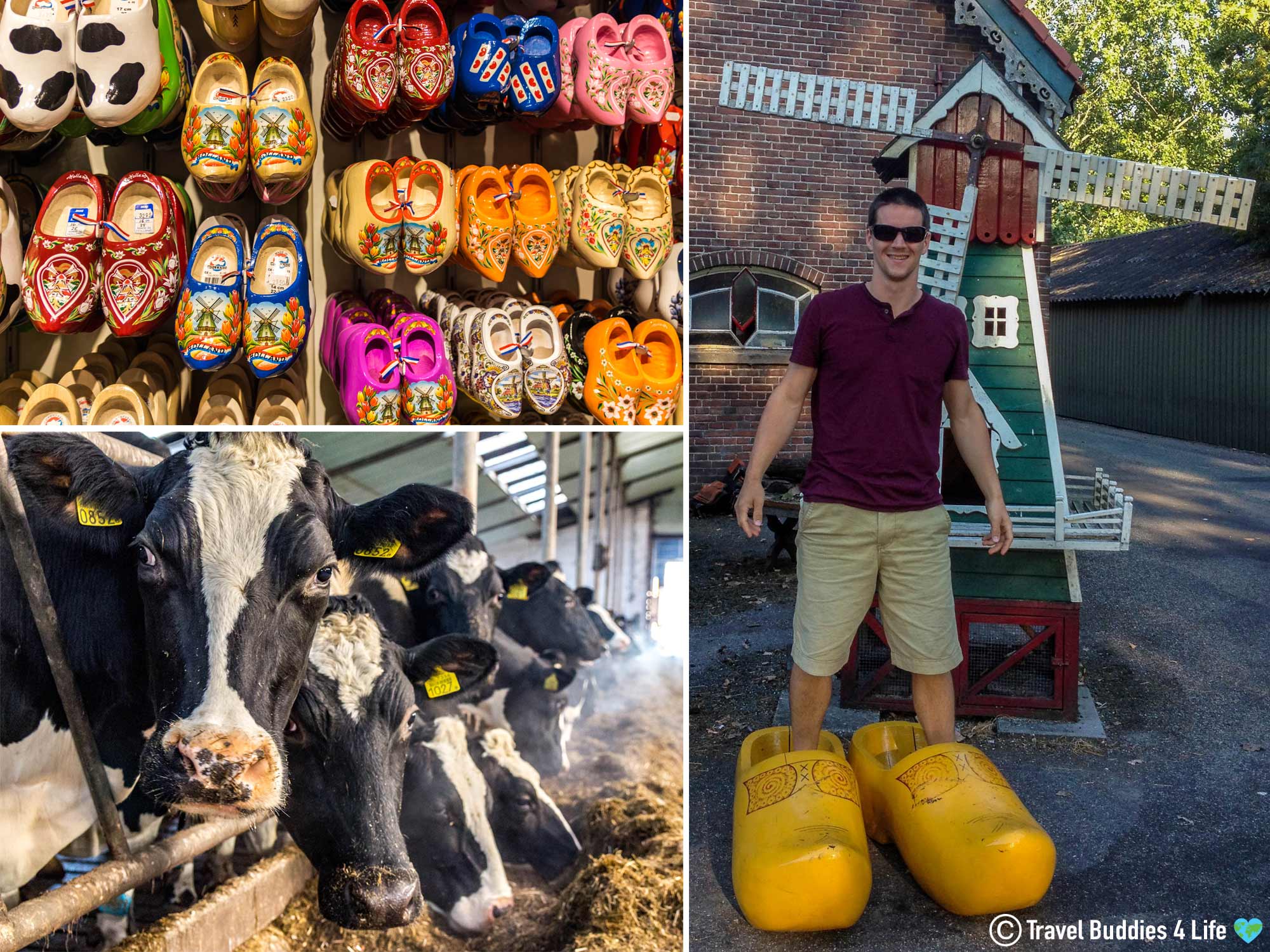
One of the Netherlands best kept secrets is that local gardening stores have all sizes of clogs at a cheaper price than you would pay at any tourist shop. Your wooden shoes will not be painted or decorated but they will likely be a quarter of the price. Besides for those of you who are creative, once you’re home you can wood burn or paint your own customized design.
Website: http://www.tuincentrumhetoosten.nl/
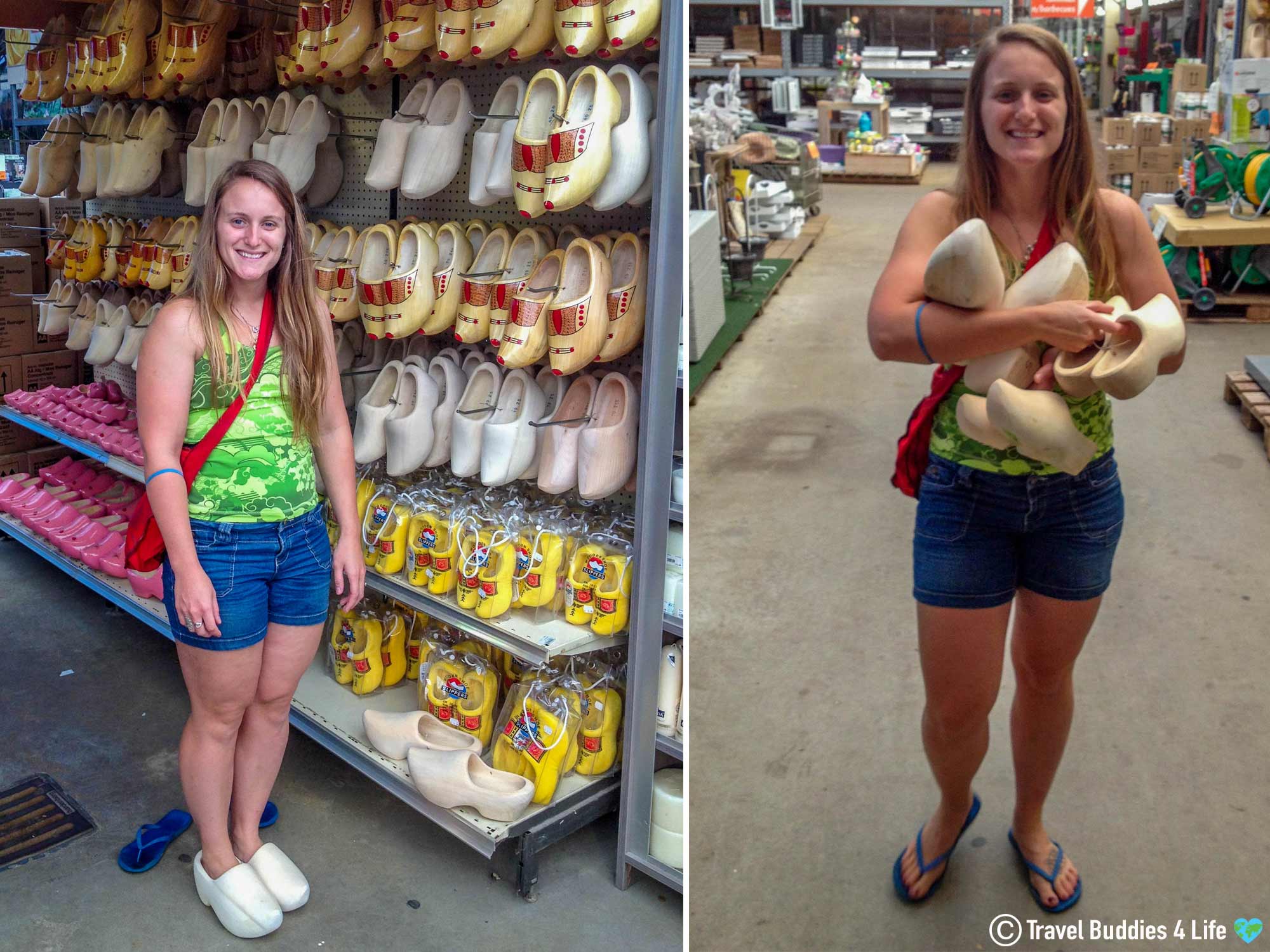
Nothing is more symbolic of the Dutch than a wheel of cheese and wooden clogs. During our short visit in Holland, Joey and I sure got our fill of both. If you are traveling to the Netherlands, to fully experience the culture of this country be sure to watch the creation of one or the other if not both.
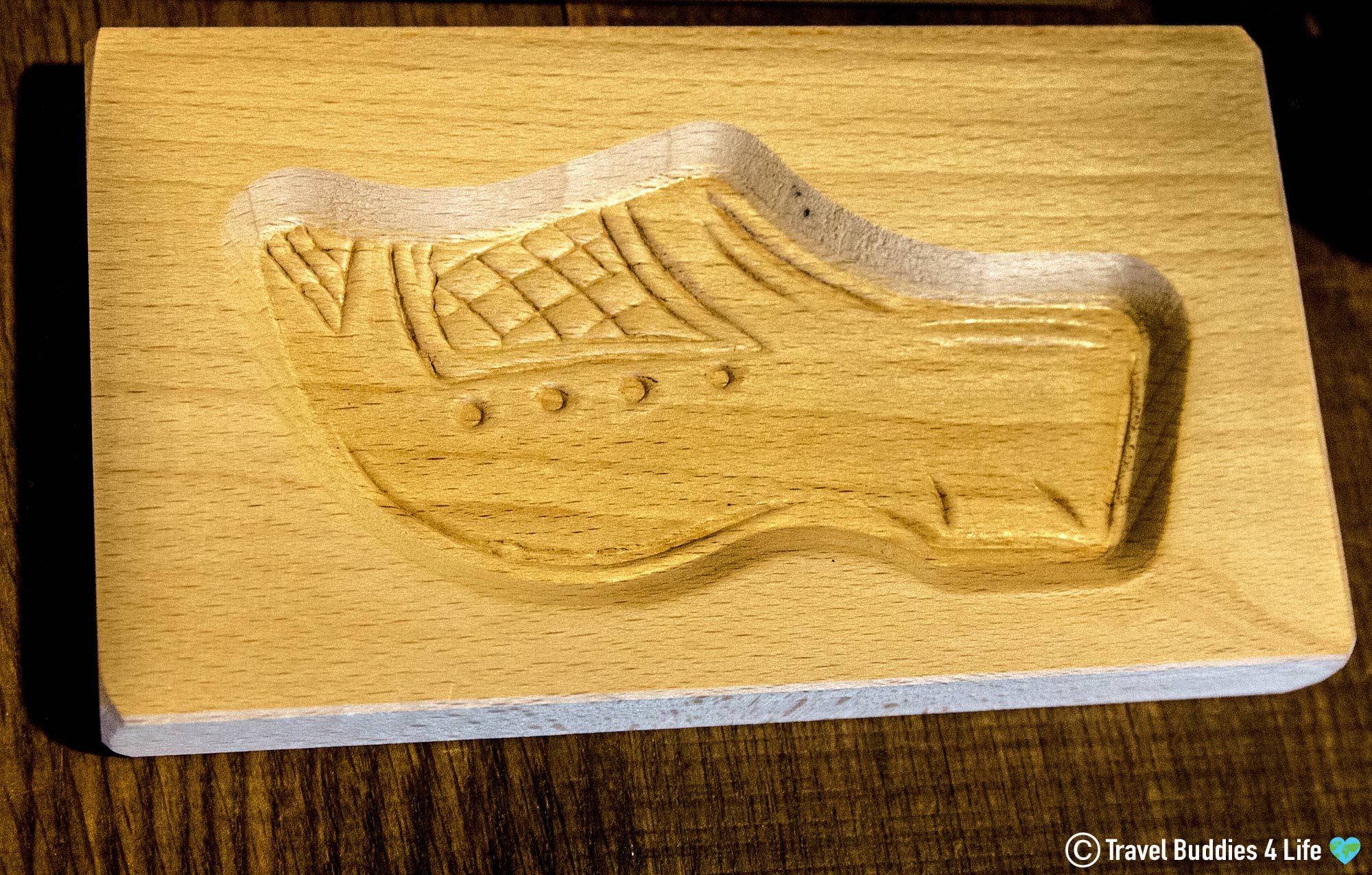
Have you ever wore wooden clogs? Do you find them clunky and uncomfortable or practical for your feet?
Writers Note: This post may contain affiliate links. We will make a small commission if you make a purchase through one of these links, at no extra cost to you. See full disclosure and disclaimer policy here.

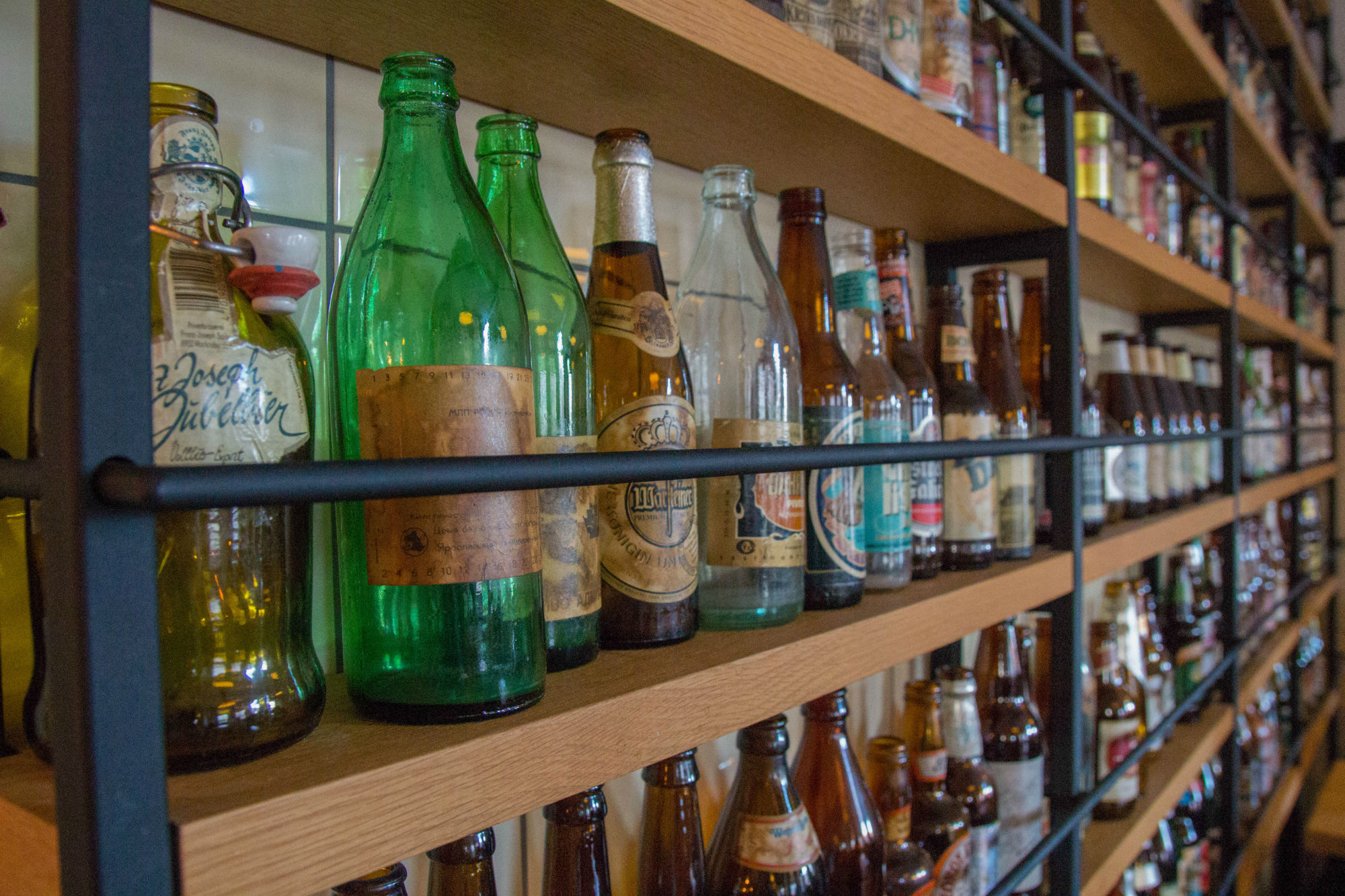
Combine beer tasting with urban beauty on your Netherlands vacation. Stop for a drink or stay for a tour at Amsterdam's only windmill brewery.
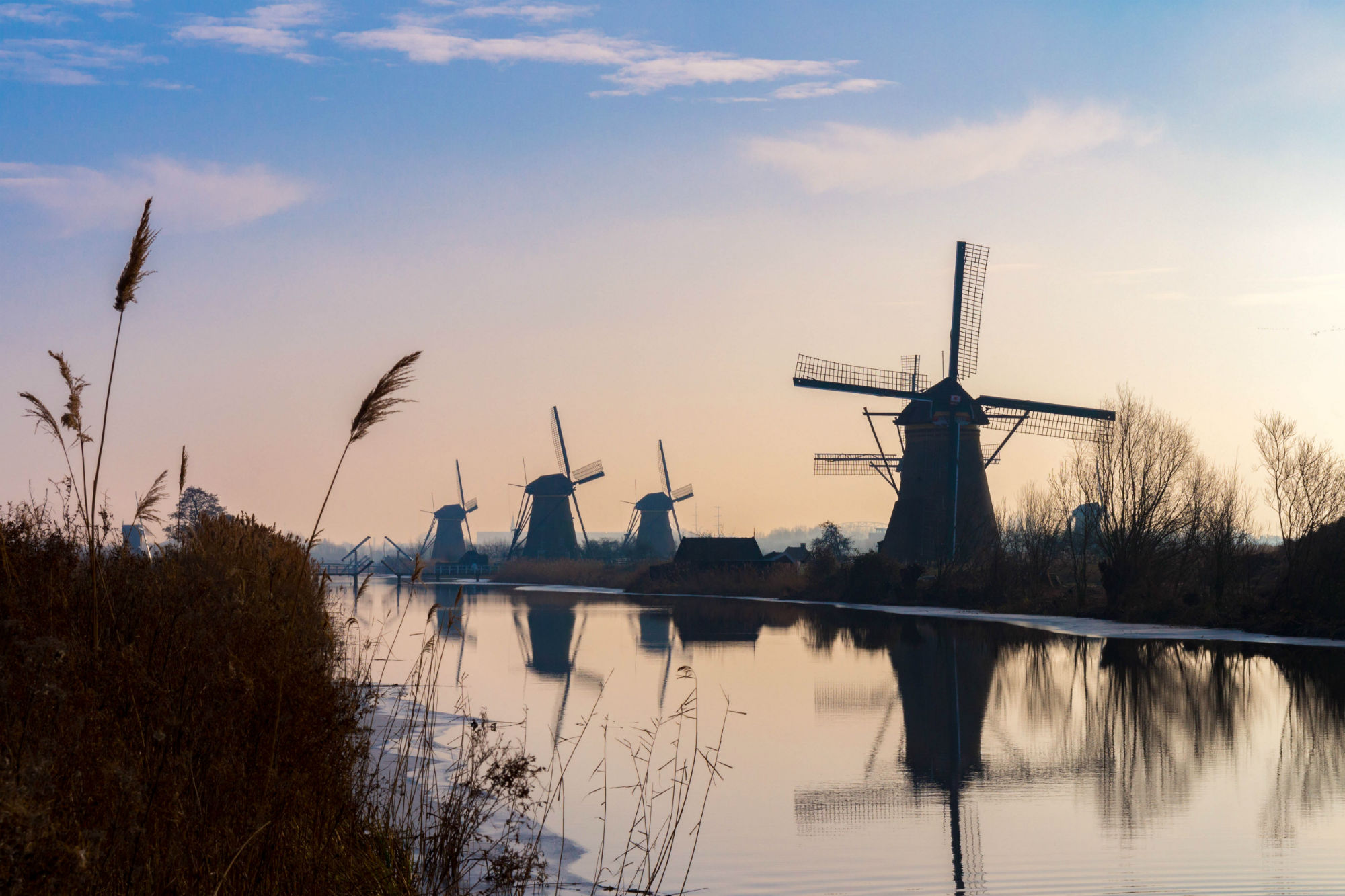
Explore the windmill-filled horizon of the Kinderdijk while learning all about Dutch history in just one day.
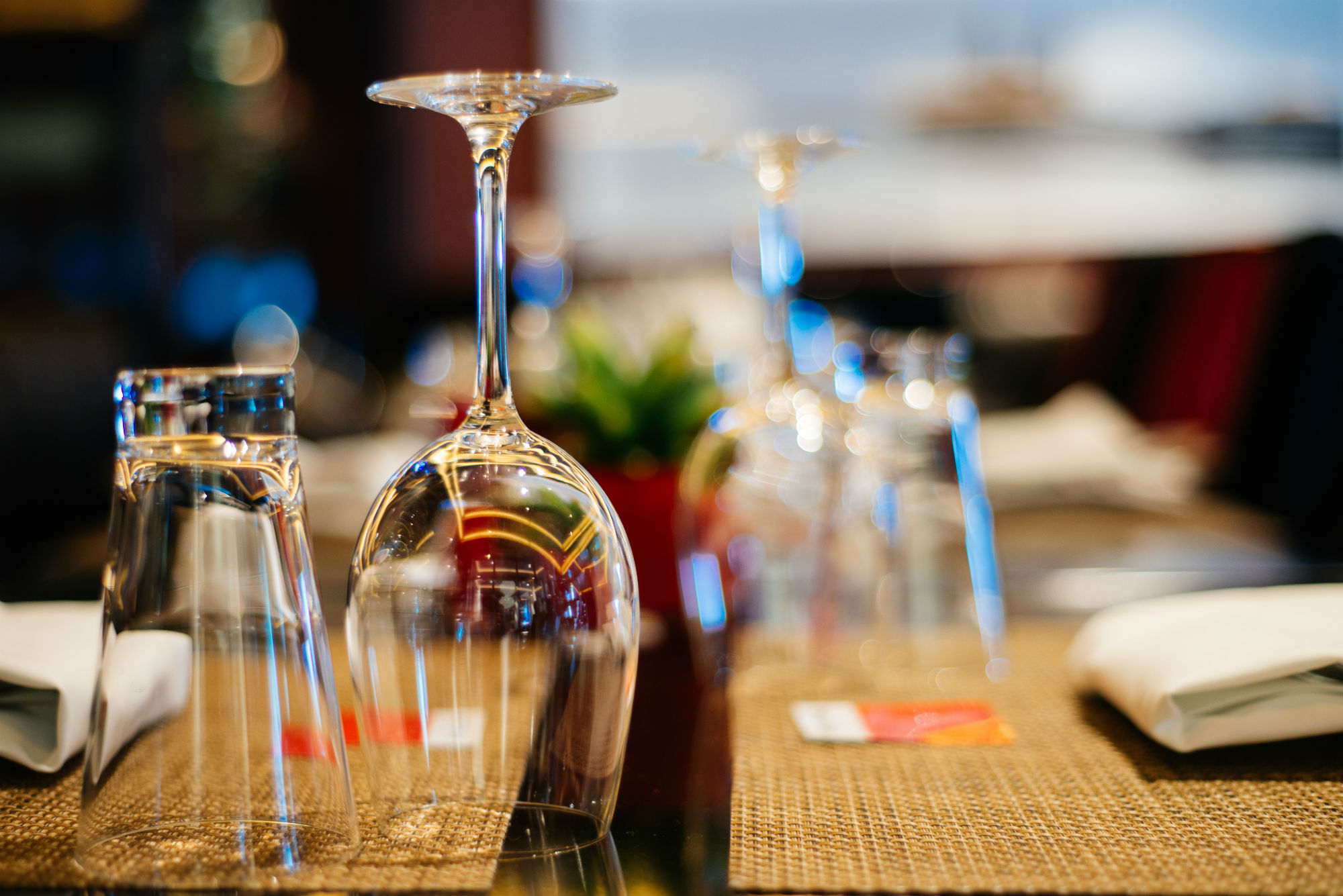
If you are a food lover take a pit stop at some of these tasteful restaurants around the Netherlands.
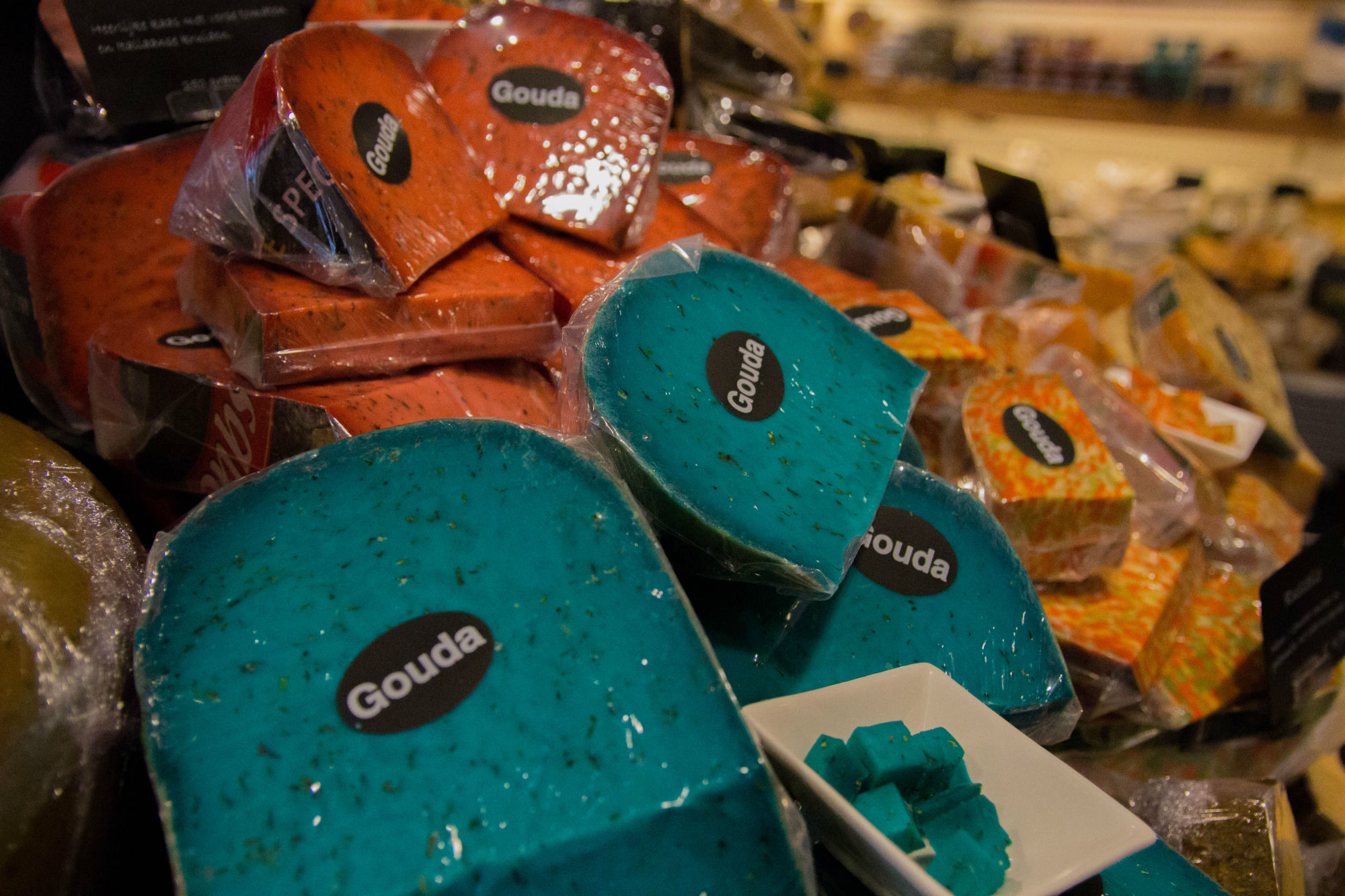
What better way to indulge in a little dairy goodness than in the Netherlands historic city of Gouda!
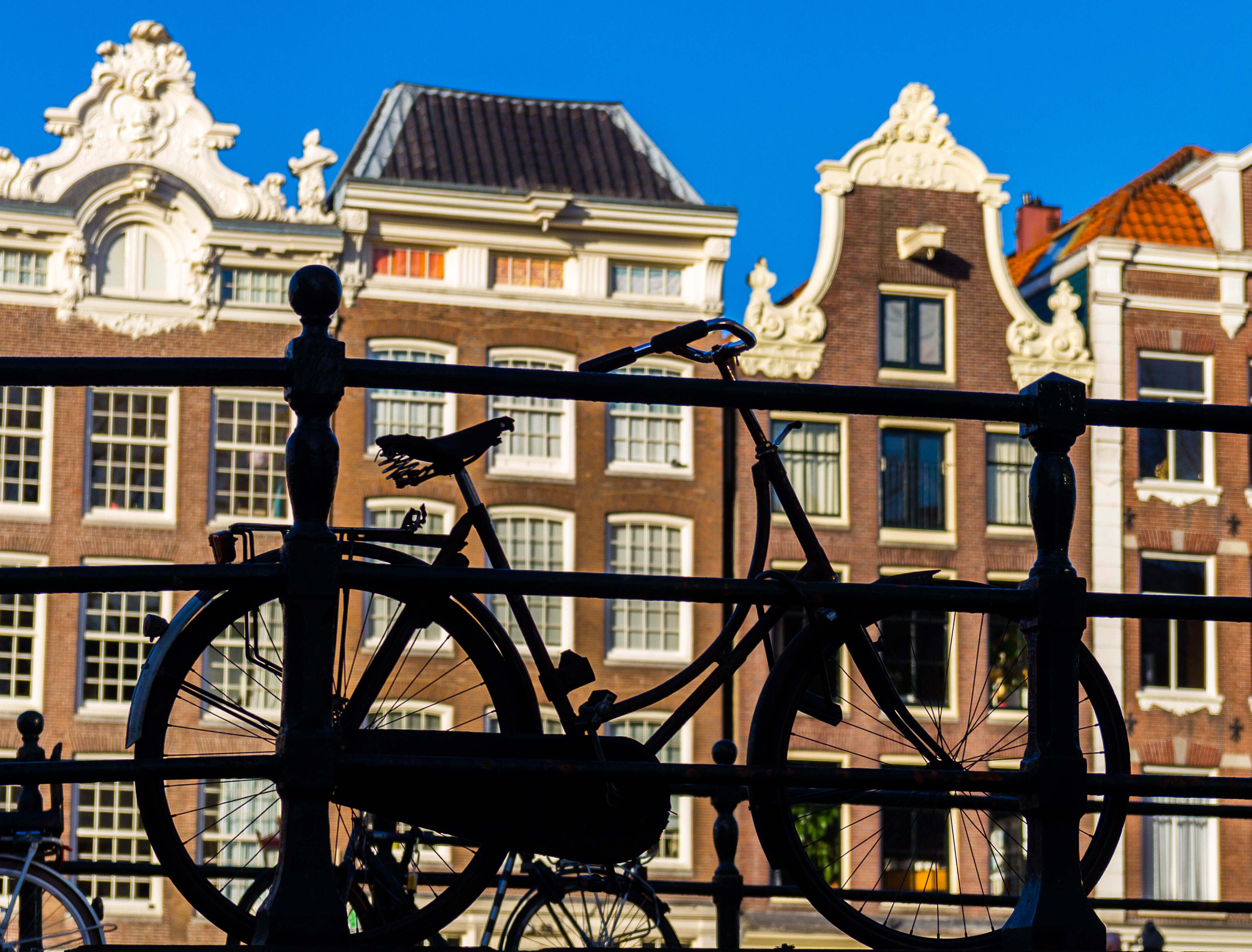
From world-famous windmills to delicious cheeses, there is no shortage of places to see in Holland all year round.

You haven't truly explored Amsterdam until you have been to the Red Light District - a place leaving nothing to the imagination.
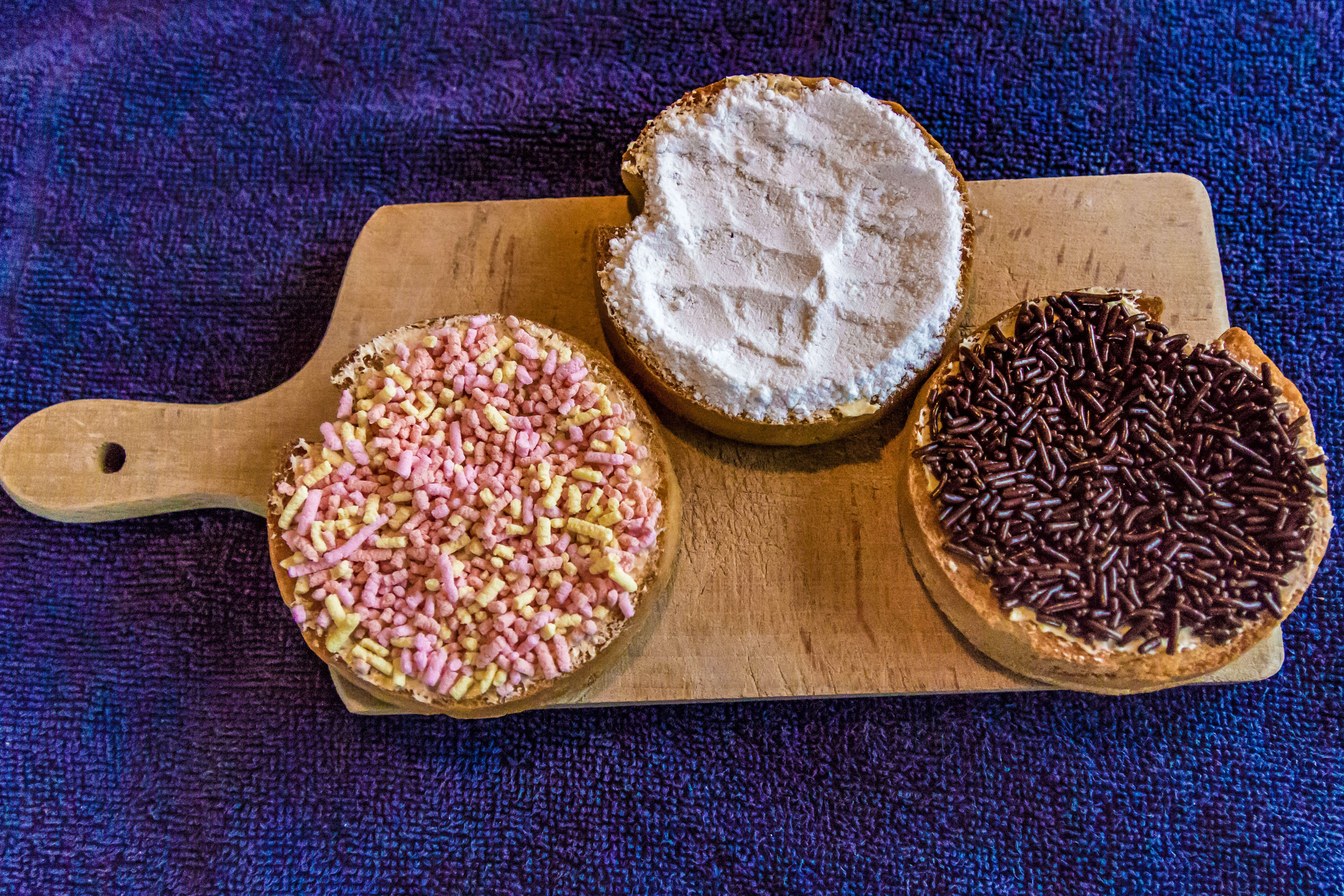
Guide your palette through this list of top Dutch treats, that will leave your taste buds wanting more.

1 comment...
Read 1 comment...